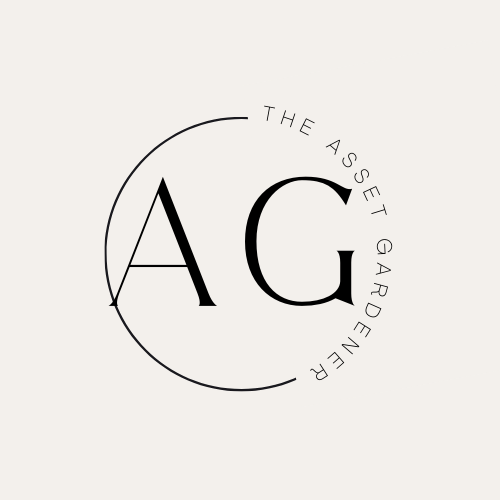
Understanding the Fundamentals of Quantitative Risk and Portfolio Management
Investment professionals often find themselves navigating a complex environment filled with jargon and sophisticated mathematical constructs. Kenneth J. Winston’s Quantitative Risk and Portfolio Management: Theory and Practice serves as a much-needed guide through this intricate landscape. The book strikingly balances technical depth with accessibility, appealing to readers from diverse professional backgrounds.
Bridging Theory and Application
As Winston highlights, the competencies required in today’s financial world extend beyond theoretical knowledge. With the integration of Python programming throughout the text, readers are not merely passive learners; they become active participants in quantitative finance. This blend of programming with risk and portfolio management tools is essential for anyone looking to thrive in modern investment strategies.
Why Programming Skills Matter
Today, programming is an invaluable skill that enhances analytical capabilities. Brad De Long’s assertion that programming skills separate the truly educated from others is increasingly relevant in finance. Winston's book not only teaches quantitative methods but also prepares readers to implement these techniques practically, elevating their profiles in the competitive financial market.
Practical Insights for Everyday Investors
Winston’s work also serves as a valuable reference for hands-on analysts and portfolio managers. The clear exposure to Python code empowers users to emulate quantitative concepts in real-world applications. For instance, understanding fixed-income yield curves becomes actionable as readers can see Python scripts that generate practical outputs.
Conclusion: Taking Charge of Your Investment Knowledge
For entrepreneurs, small business owners, and freelance investors, Quantitative Risk and Portfolio Management: Theory and Practice is more than just a textbook. It equips you with the tools to enhance your investment acumen and the confidence to apply quantitative analysis effectively. Embrace this resource to foster your journey toward financial literacy and independent investing.
 Add Row
Add Row  Add
Add 




Write A Comment